12 GPTs for Performance Art Powered by AI for Free of 2025
AI GPTs for Performance Art are advanced computational tools designed to enhance the creation, analysis, and execution of performance art. Leveraging Generative Pre-trained Transformers, these tools offer tailored solutions for a broad spectrum of tasks within the performance art domain, from scriptwriting and character development to interactive installations and live performances. By understanding and generating human-like text, AI GPTs enable artists and creators to explore new dimensions of creativity and engagement.
Top 10 GPTs for Performance Art are: Stage Name Generator,MusicAI Tune Composer | Suno,グラムロックスター画像/楽譜生成ツール,Puppet Nerd - Adam Kreutinger,Mystic Houdini,脱口秀大师,Magician GPT,Party Maestro,Cymatic Visualizer,Stand-up Comedian
Stage Name Generator
Craft Your Unique Stage Persona with AI
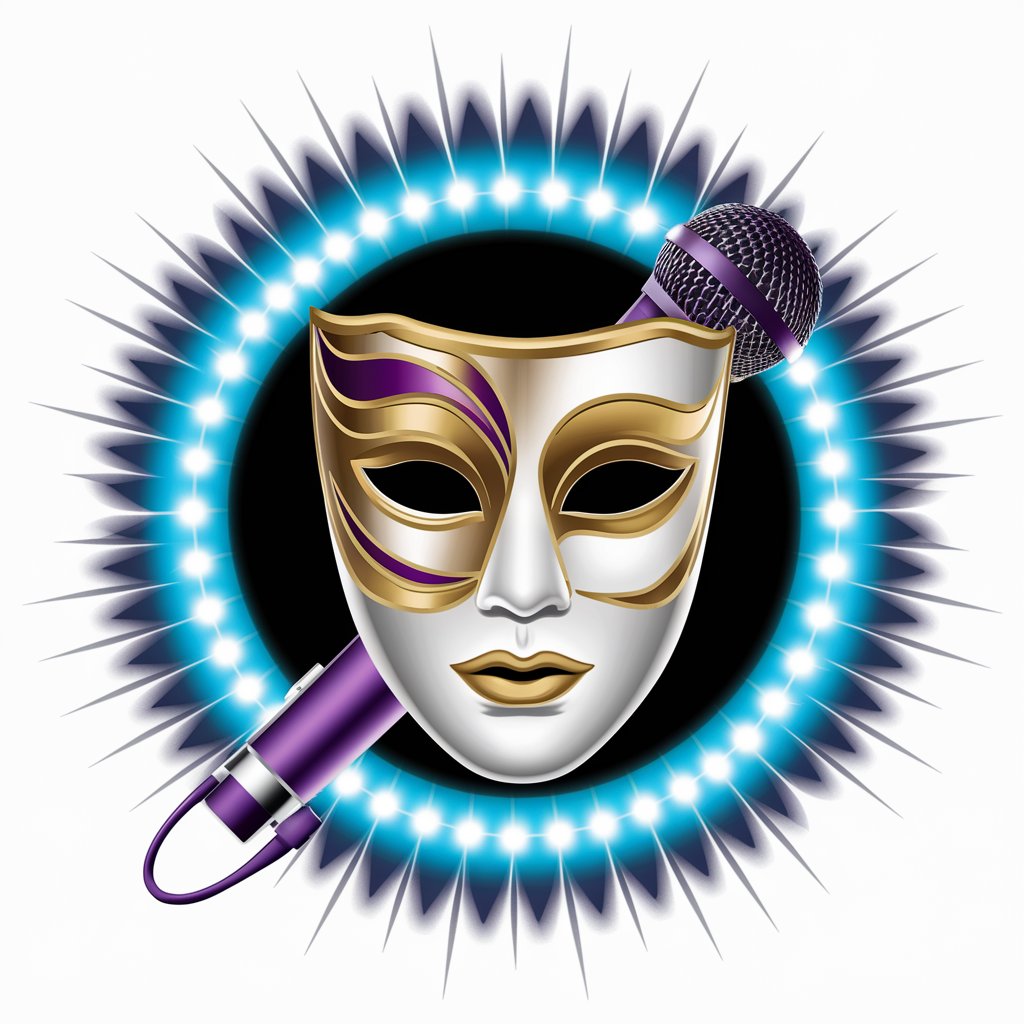
MusicAI Tune Composer | Suno
Compose music effortlessly with AI
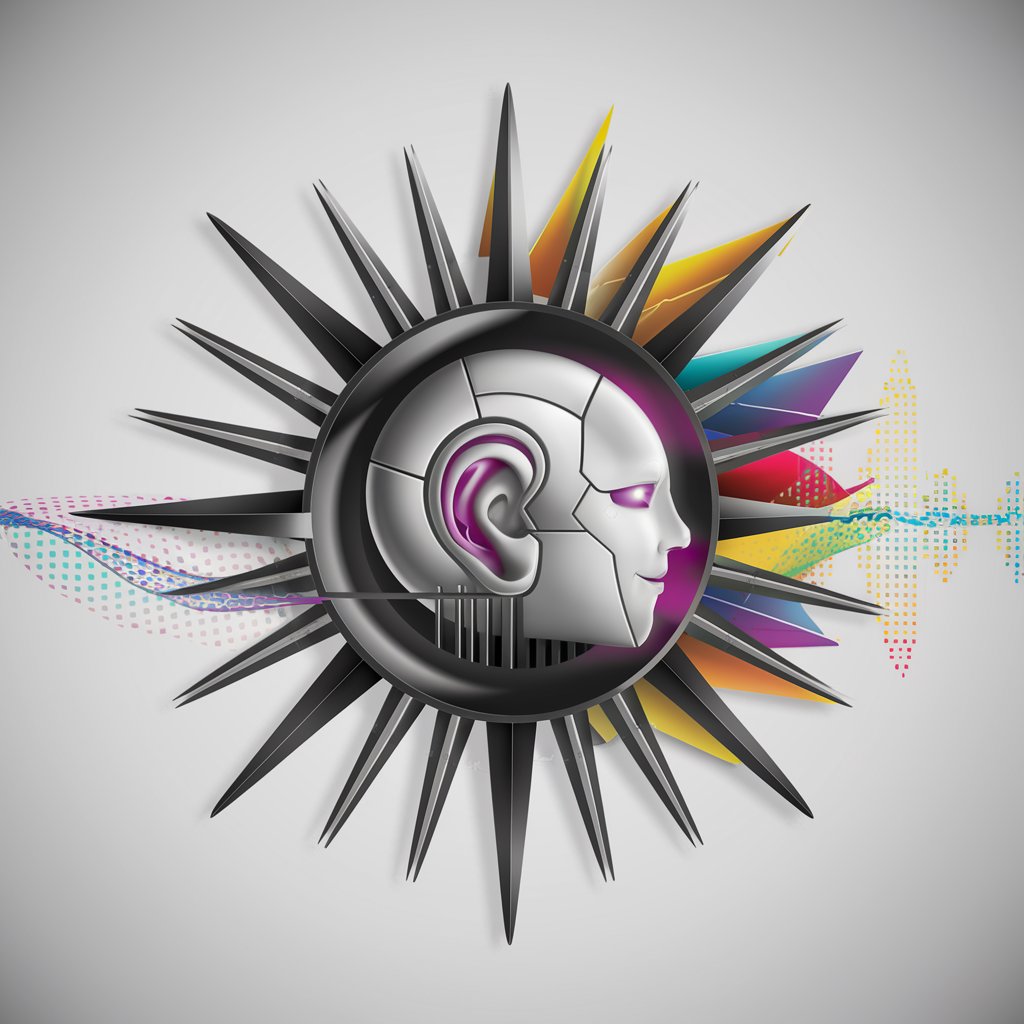
グラムロックスター画像/楽譜生成ツール
Craft Your Glam Rock Persona and Sound
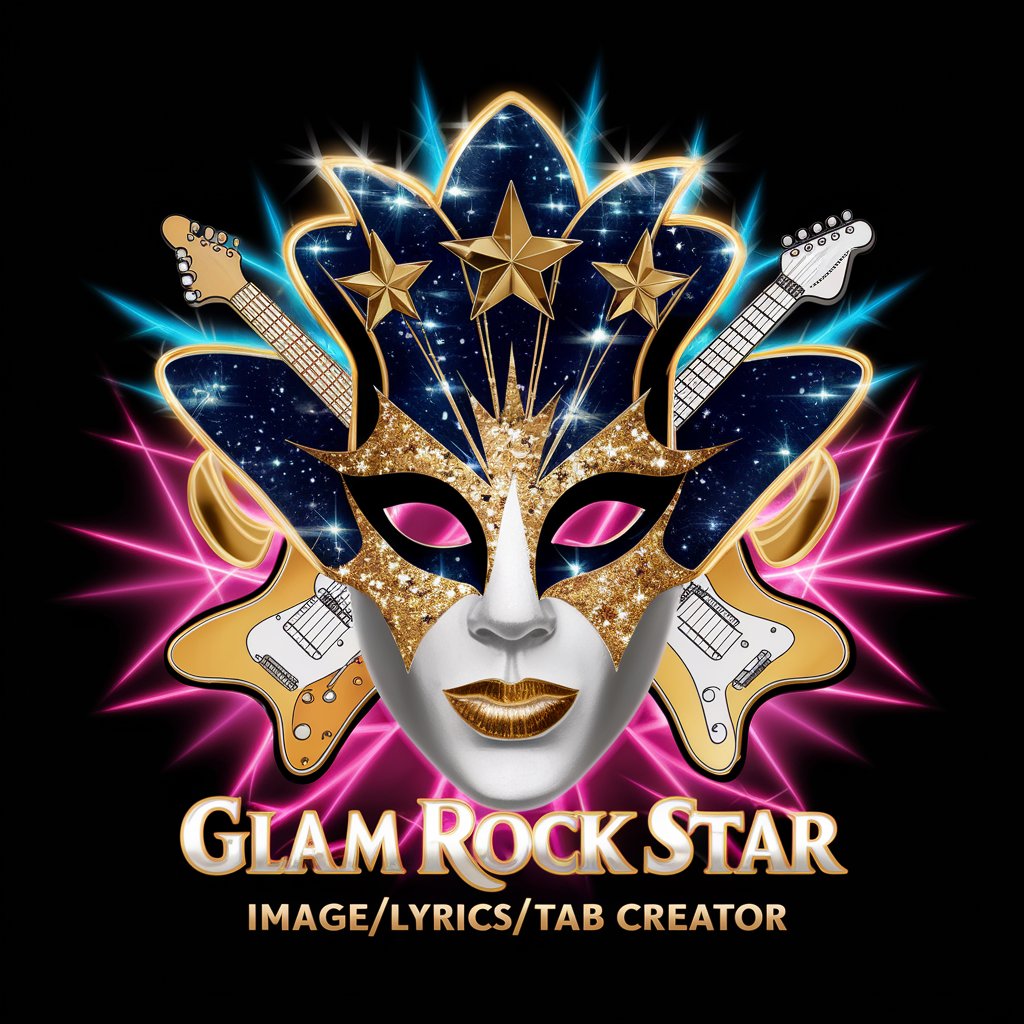
Puppet Nerd - Adam Kreutinger
Craft, Learn, and Perform with AI
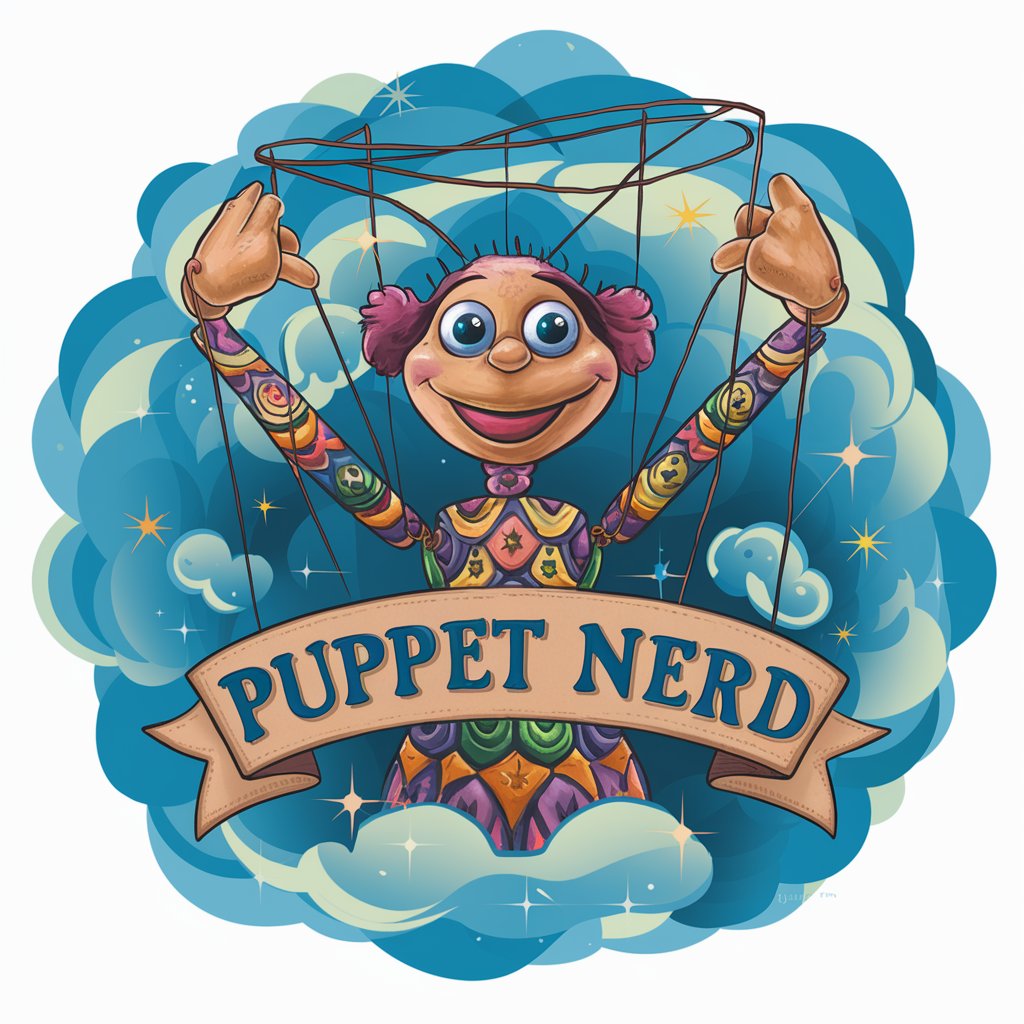
Mystic Houdini
Unveiling the Mysteries of Magic with AI
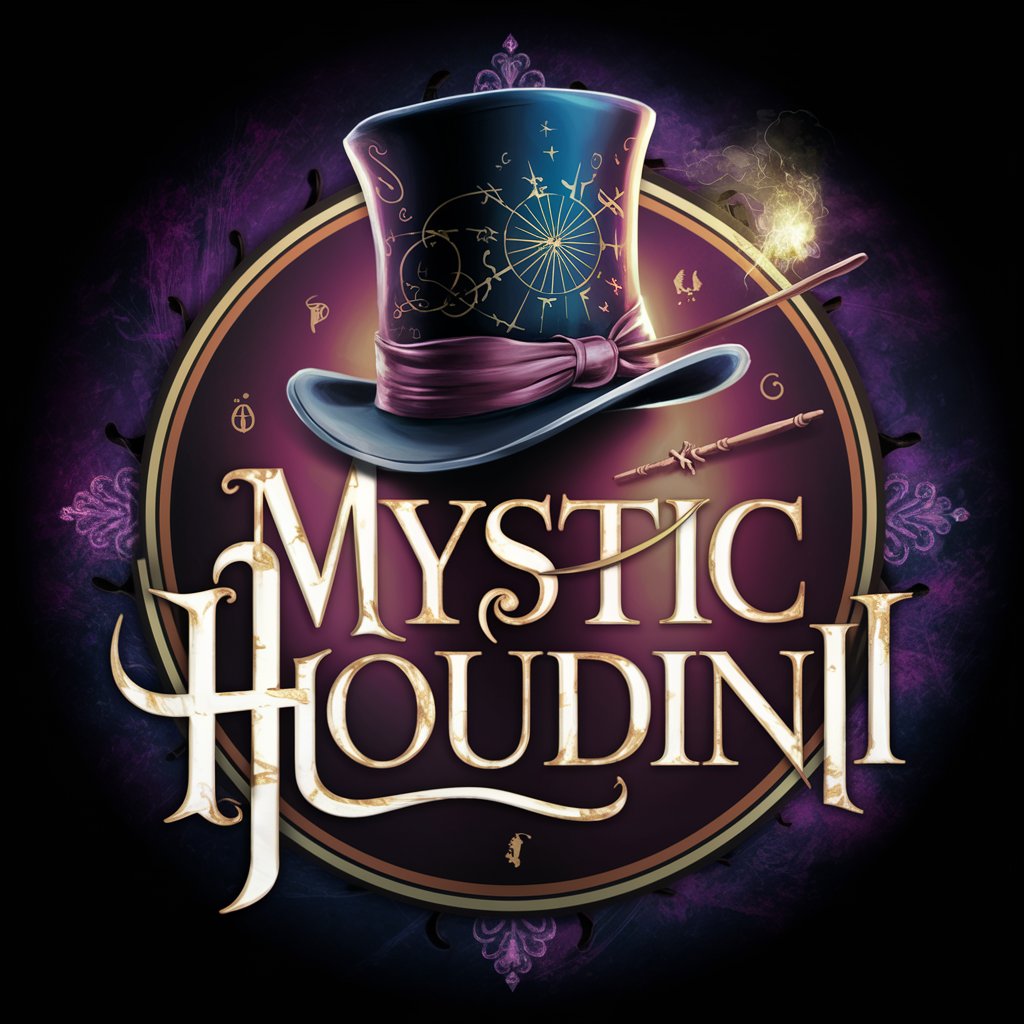
脱口秀大师
Unleash humor with AI-powered comedy
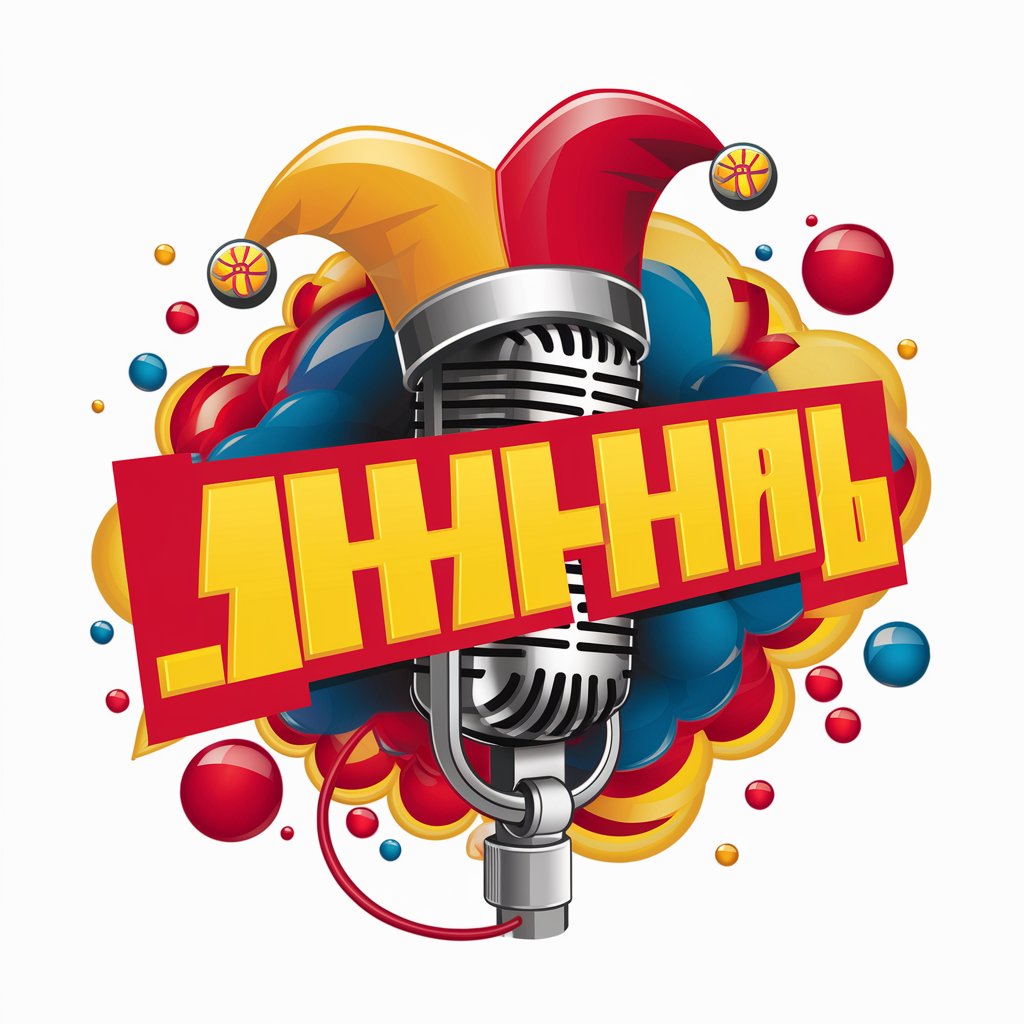
Magician GPT
Unveil the Magic with AI
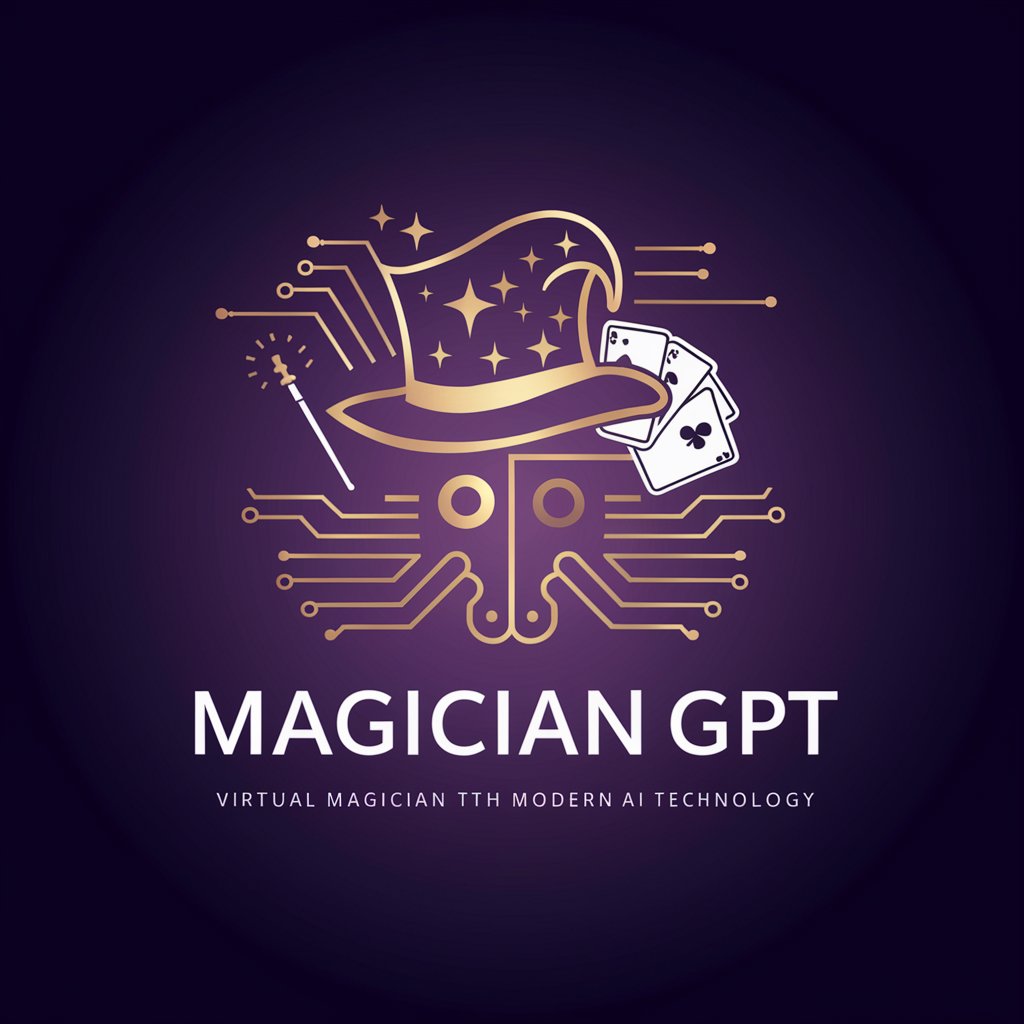
Party Maestro
Learn tricks, dazzle friends!
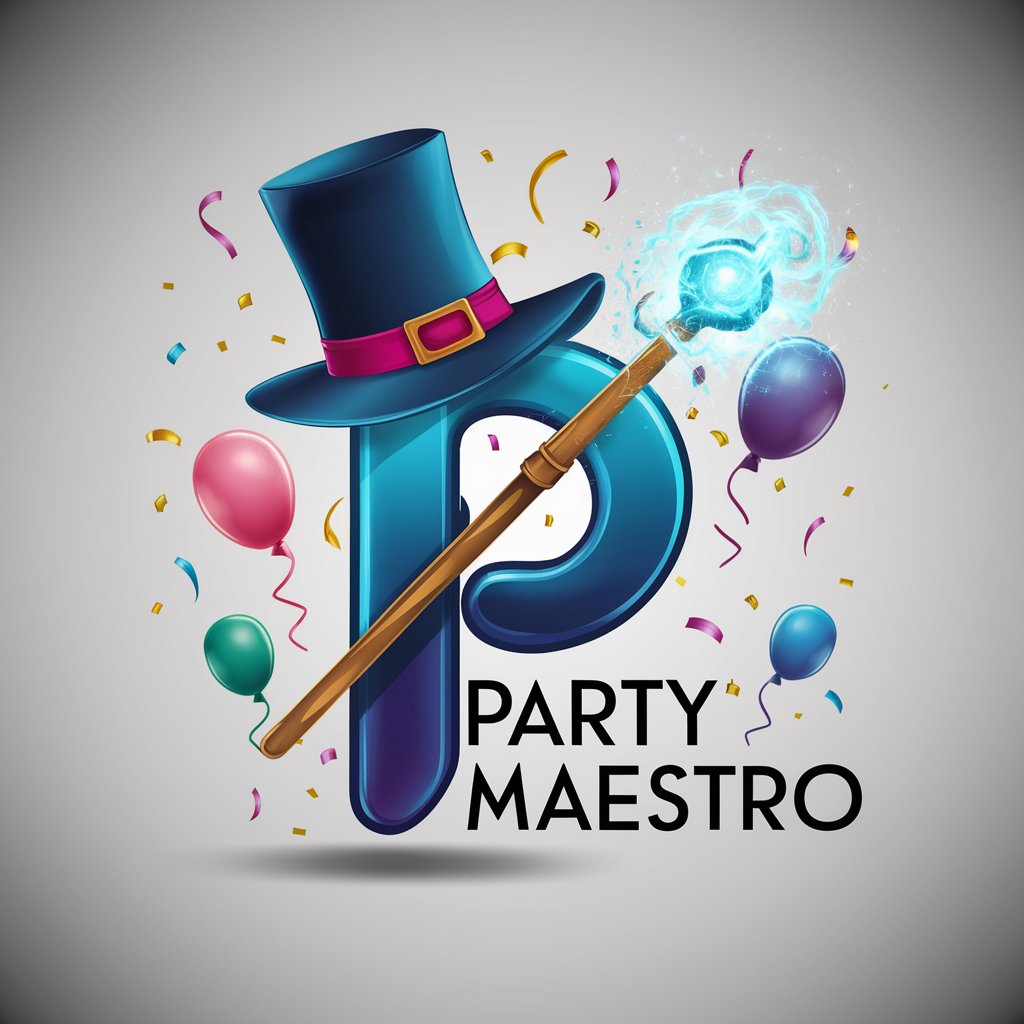
Cymatic Visualizer
Visualizing Sound with AI
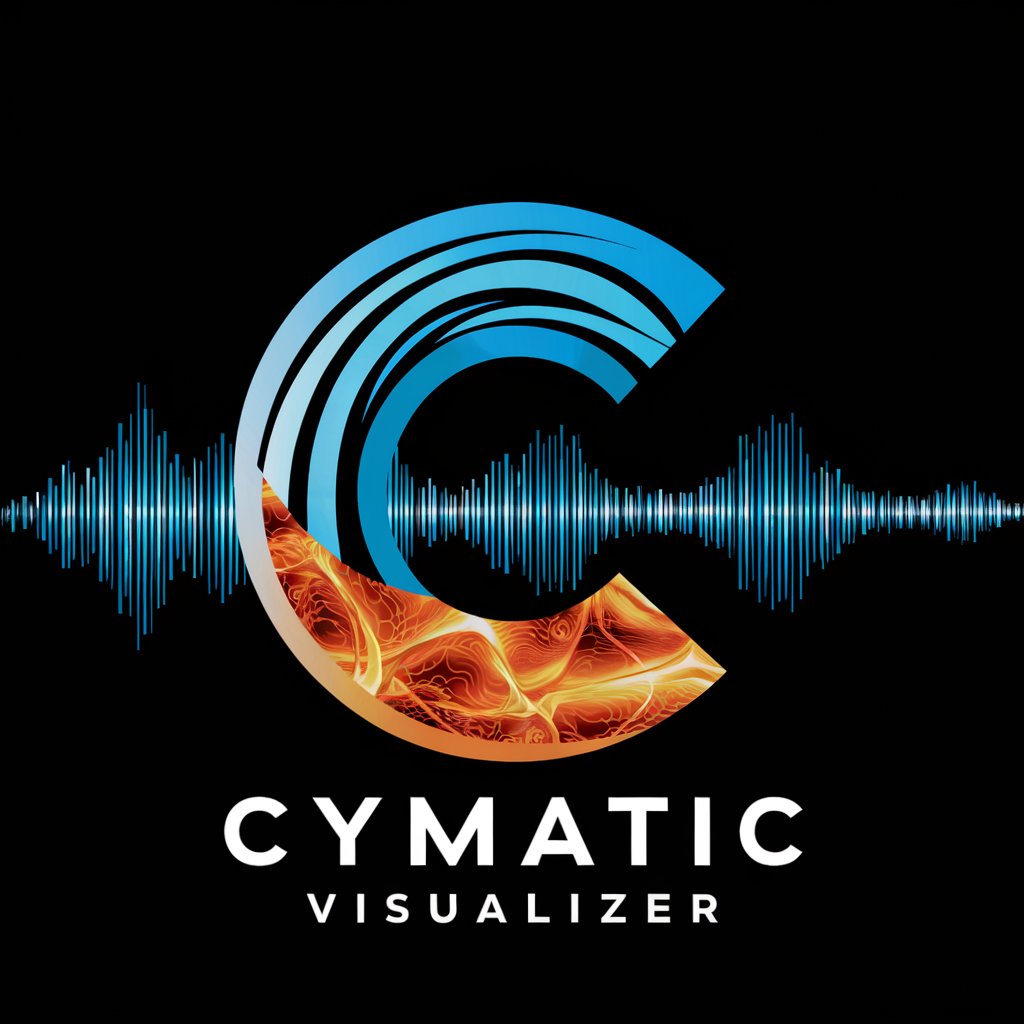
Stand-up Comedian
Laugh smarter with AI-powered comedy!
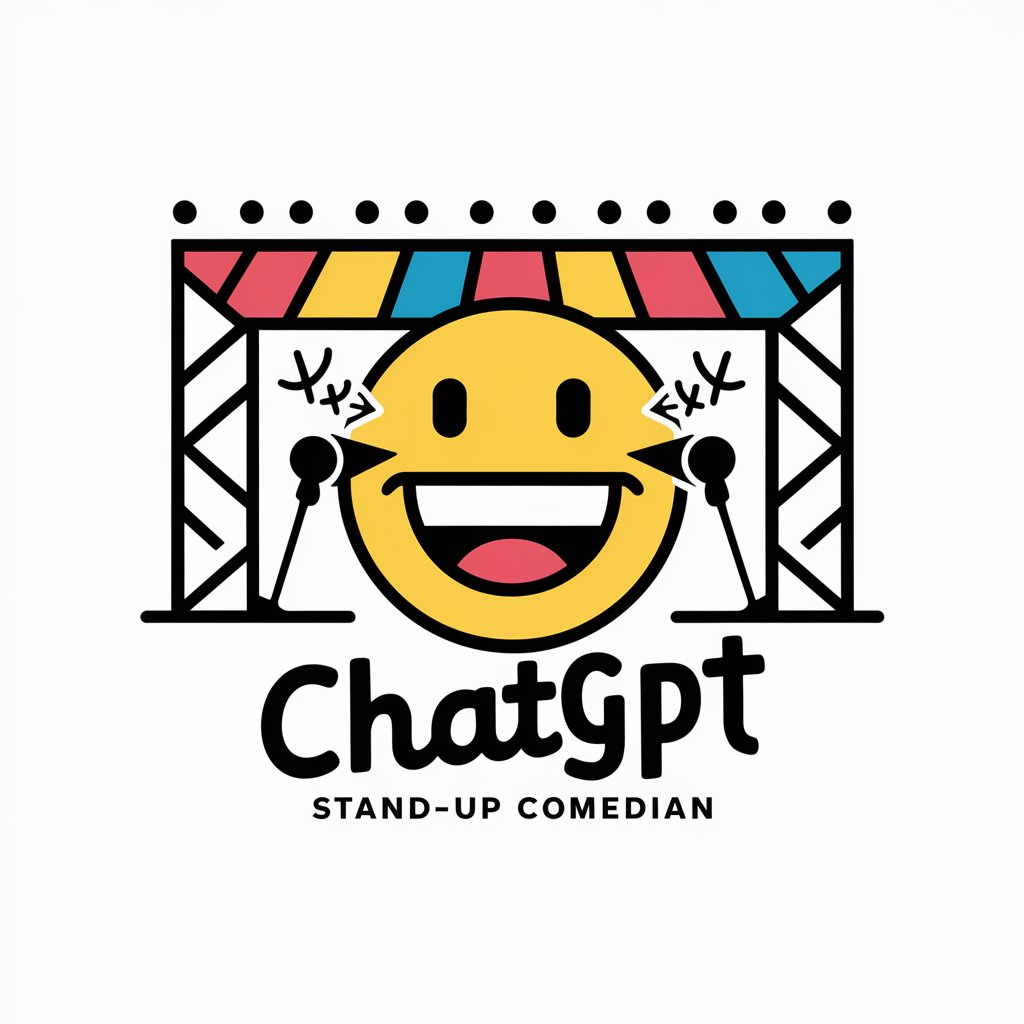
Simple Magic
Empower your creativity with AI-guided magic

B-Rabbit Rap Lyrics GPT
Craft Your Rhymes with AI
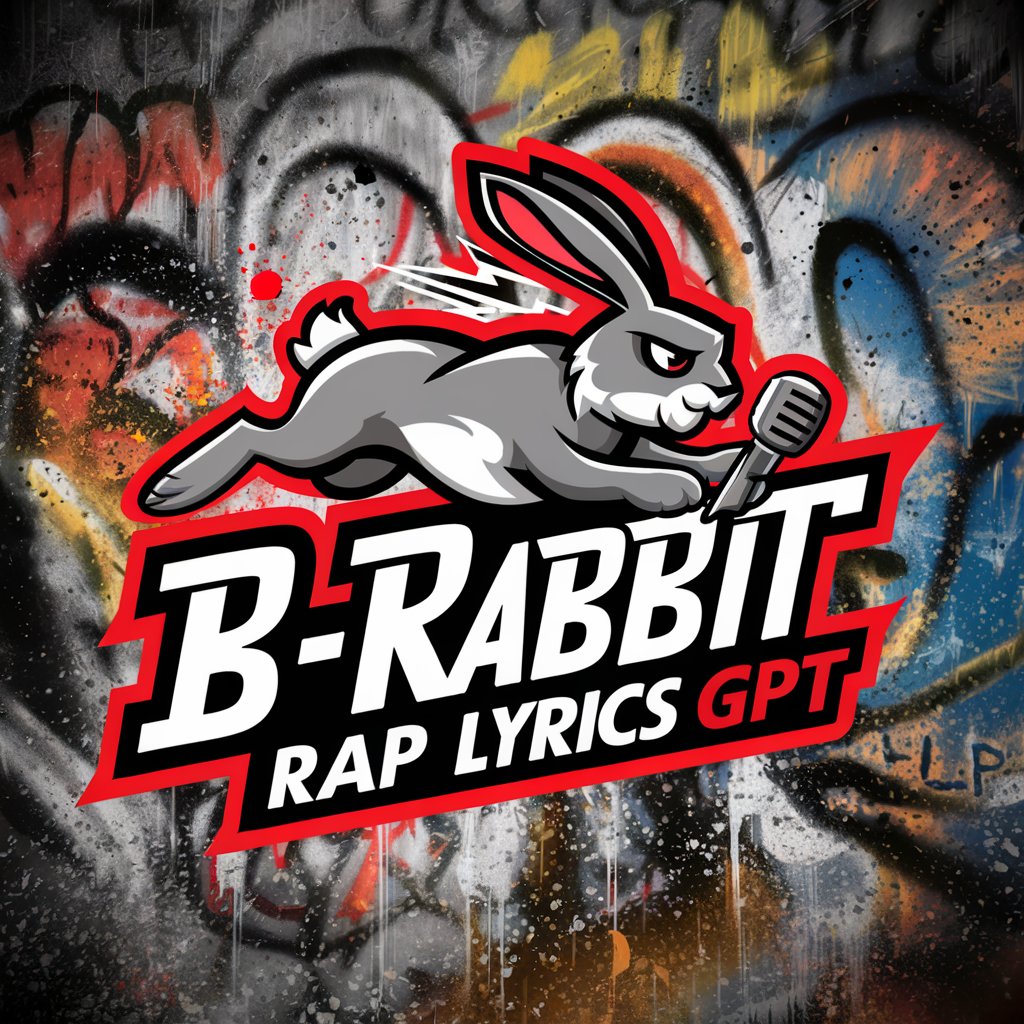
Key Attributes of Performance Art AI Tools
AI GPTs for Performance Art are distinguished by their adaptability, supporting a range of functions from basic text generation to complex interactive experiences. Key features include advanced language models capable of understanding and mimicking artistic language, technical support for integrating multimedia elements, web searching for inspiration or information, image creation for visual arts components, and data analysis for audience engagement insights. These features allow for a seamless blend of art and technology, pushing the boundaries of traditional performance art.
Who Benefits from Performance Art AI?
AI GPTs for Performance Art cater to a wide audience, including artists, playwrights, directors, and multimedia creators, ranging from novices to professionals. These tools are designed to be accessible to individuals without programming knowledge, while also offering extensive customization options for tech-savvy users. This inclusivity ensures that anyone with a vision for performance art can leverage AI to bring their ideas to life.
Try Our other AI GPTs tools for Free
Coffee Profiling
Discover how AI GPTs are revolutionizing Coffee Profiling with tailored data analysis, flavor insights, and market trend predictions, enhancing industry expertise and consumer engagement.
Particle Sizing
Discover the transformative power of AI GPTs for Particle Sizing, offering unparalleled precision and adaptability for analyzing particle size distributions across various sectors.
Material Science
Explore AI GPTs for Material Science: Tailored AI solutions enhancing research, innovation, and decision-making in Material Science. Accessible, customizable, and versatile for all levels of expertise.
Contract Simplification
Discover how AI GPTs are transforming contract simplification, making legal documents accessible and understandable for everyone.
Fairness Assessment
Explore AI GPTs for Fairness Assessment: cutting-edge tools designed to identify, analyze, and mitigate biases in AI systems, fostering equitable and unbiased AI solutions.
Taste Prediction
Discover how AI GPTs for Taste Prediction can transform your approach to personalization, offering unparalleled insights into consumer preferences with cutting-edge technology.
Expanding Horizons with AI in Performance Art
AI GPTs are revolutionizing the performance art sector by offering customized solutions that enhance creativity and efficiency. These tools are designed with user-friendly interfaces, making them accessible to a broad audience. Moreover, their integration capabilities allow for seamless incorporation into existing workflows, ensuring that artists and creators can focus on innovation without being hindered by technological constraints.
Frequently Asked Questions
What exactly are AI GPTs for Performance Art?
AI GPTs for Performance Art are specialized tools that apply AI to enhance and innovate in the realm of performance arts. They utilize machine learning to understand and create art-related content.
How can AI GPTs assist in performance art creation?
These AI tools can assist in scriptwriting, character development, thematic analysis, and even in creating interactive performance elements, enriching the creative process.
Do I need coding skills to use these AI tools?
No, many AI GPTs for Performance Art are designed for ease of use, allowing individuals without coding skills to utilize their capabilities.
Can AI GPTs generate visual content for performance art?
Yes, some AI GPTs include image creation features, enabling the generation of visual content that complements performance art projects.
How customizable are these AI GPTs for specific projects?
Many AI GPTs offer extensive customization options, allowing users to tailor the tool's output to their specific project needs.
Can these tools analyze audience engagement?
Yes, certain AI GPTs for Performance Art come equipped with data analysis features to gauge audience engagement and reactions.
Are there collaborative features for team projects?
Some AI GPTs include collaboration features, enabling multiple users to work together on a single project, enhancing teamwork and project cohesiveness.
What is the future of AI GPTs in performance art?
The future of AI GPTs in performance art is promising, with ongoing advancements leading to more intuitive, interactive, and immersive tools that further blur the lines between technology and art.